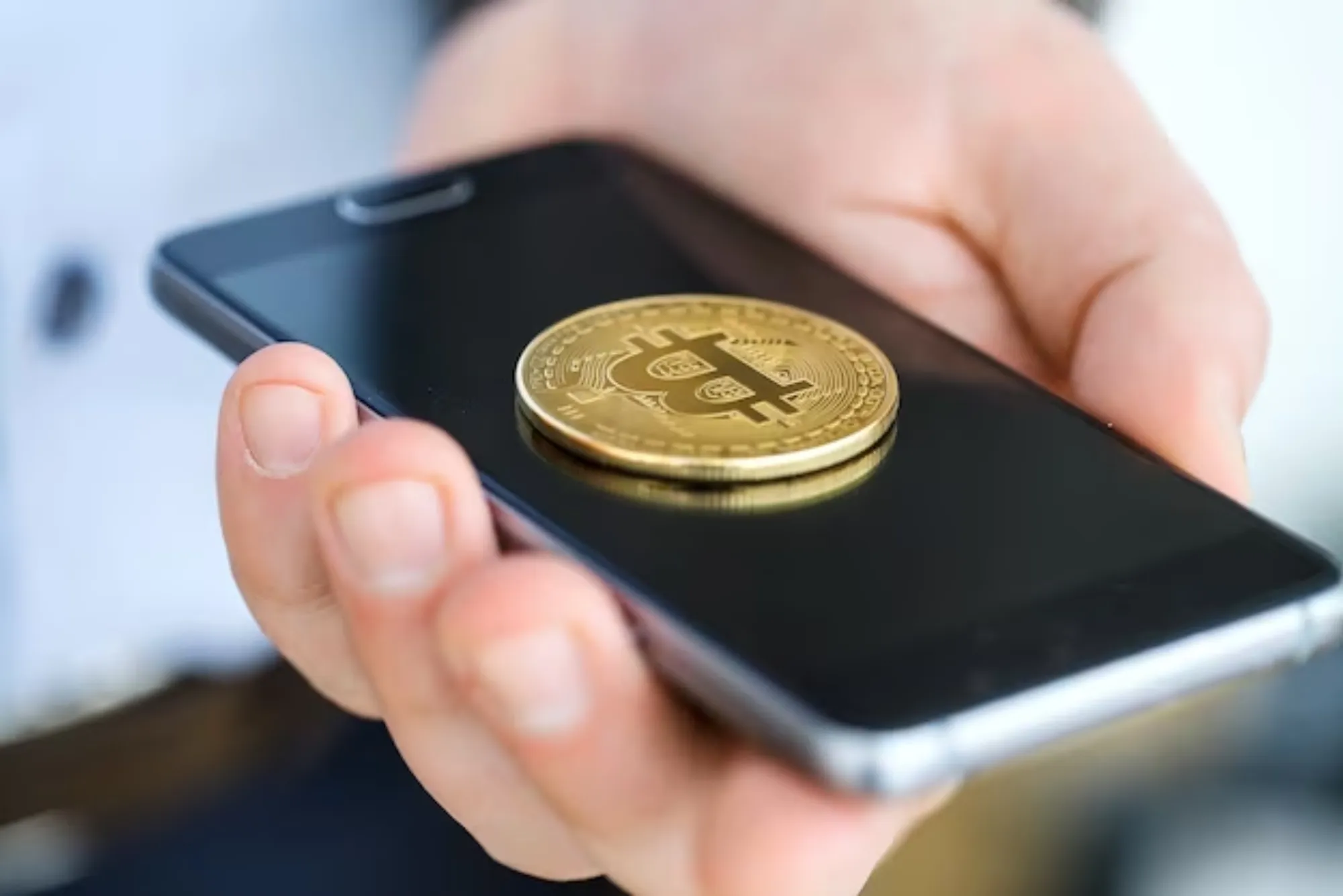How to Create a Cryptocurrency Wallet
Cryptocurrency has revolutionized the financial landscape, providing individuals with unprecedented control over their assets. One of the foundational elements of entering the world of cryptocurrencies is creating a secure wallet. In this comprehensive guide, we will walk you through the process of creating a cryptocurrency wallet, ensuring that your digital assets remain safe and accessible in the volatile Foreign Exchange Market.
Understanding Cryptocurrency Wallets
Cryptocurrency wallets serve as digital containers for storing private and public keys, allowing users to send and receive digital currencies securely. Before delving into the creation process, it’s essential to understand the types of cryptocurrency wallets available.
Types of Cryptocurrency Wallets
There are three main types of cryptocurrency wallets: hardware, software, and paper wallets. Each comes with its unique set of features, advantages, and security considerations.
Hardware Wallets
Hardware wallets are physical devices designed to securely store private keys offline. This isolation from the internet makes them immune to online hacking attempts.
Software Wallets
Software wallets come in various forms, including desktop, mobile, and online wallets. They are convenient for daily transactions but may be more susceptible to online threats.
Paper Wallets
Paper wallets involve creating a physical document containing your cryptocurrency’s public and private keys. While they are secure from online threats, they require careful handling.
Setting Up Your Cryptocurrency Wallet
Now that you understand the different types of wallets, let’s delve into the process of setting up your chosen wallet. Regardless of the type, the setup process generally involves common elements.
Common Steps for Setting Up a Cryptocurrency Wallet
Whether it’s a hardware or software wallet, initialize the device and generate a new set of keys.
Ensure that your private keys are kept secure. For hardware wallets, set up additional security measures like PIN codes or passphrases.
Most wallets, especially software wallets, will provide a recovery seed or phrase during the setup process.
Set up encryption, password protection, or any other additional security measures provided by your chosen wallet.
For hardware wallets, ensure that you only connect them to trusted devices. Avoid using public computers or unsecured networks.
Regularly check for firmware or software updates for your wallet.
Perform a small test transaction to ensure that your wallet is functioning correctly before transferring larger amounts.
Securing Your Private Keys
Private keys are the gateway to your cryptocurrency holdings, and ensuring their security is paramount. Whether stored on a hardware or software wallet, follow these best practices.
Best Practices for Securing Private Keys
Keep your private key confidential. Never share it with anyone, as possession of the private key grants full control over the associated funds. Consider using hardware wallets for long-term storage of significant amounts. If your wallet supports 2FA, enable it. This adds an additional layer of security. Stay informed about updates and new security features for your wallet. Ensure that your backup (recovery seed or phrase) is stored in a secure location. cautious of phishing attempts and only access your wallet through official channels.Regularly check your wallet for any unauthorized transactions.
Making Transactions Safely
Now that your cryptocurrency wallet is set up and secured, let’s explore how to make transactions safely in the dynamic environment of the Foreign Exchange Market (Forex).
Tips for Secure Transactions in the Foreign Exchange Market
Before confirming any transaction, carefully review the recipient’s address and the amount.When trading or exchanging cryptocurrencies, use reputable platforms.Be aware of the transaction fees associated with each transfer. Avoid making transactions using public Wi-Fi or unsecured networks.When sending funds, double-check the recipient’s address.If your wallet or exchange provides transaction notifications, enable them. Regularly update your wallet software to benefit from the latest security features and patches. Ensure that the device from which you initiate transactions is secure.
Tips for Regular Maintenance
Maintaining your cryptocurrency wallet is an ongoing process that involves staying informed about security practices and keeping your wallet optimized for performance.
Best Practices for Regular Maintenance
Regularly check reputable sources for information on emerging security threats and best practices.Keep your wallet software up-to-date. Periodically review and update your security settings. Schedule regular backups of your wallet’s private keys or recovery seed Occasionally test the recovery process using your backup.Keep a close eye on your wallet for any unusual or unauthorized activity As wallet technology advances, explore and implement new security features.
Creating and maintaining a cryptocurrency wallet is a crucial step in navigating the Foreign Exchange Market. By understanding the types of wallets available, securing your private keys, and adopting best practices for transactions and maintenance, you empower yourself to engage in secure and efficient cryptocurrency transactions. Stay informed, stay secure, and embrace the future of digital finance!











